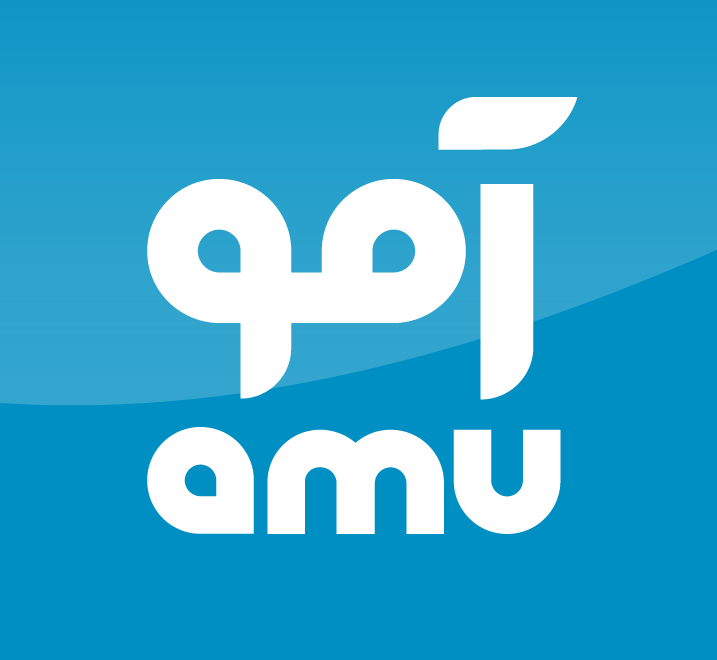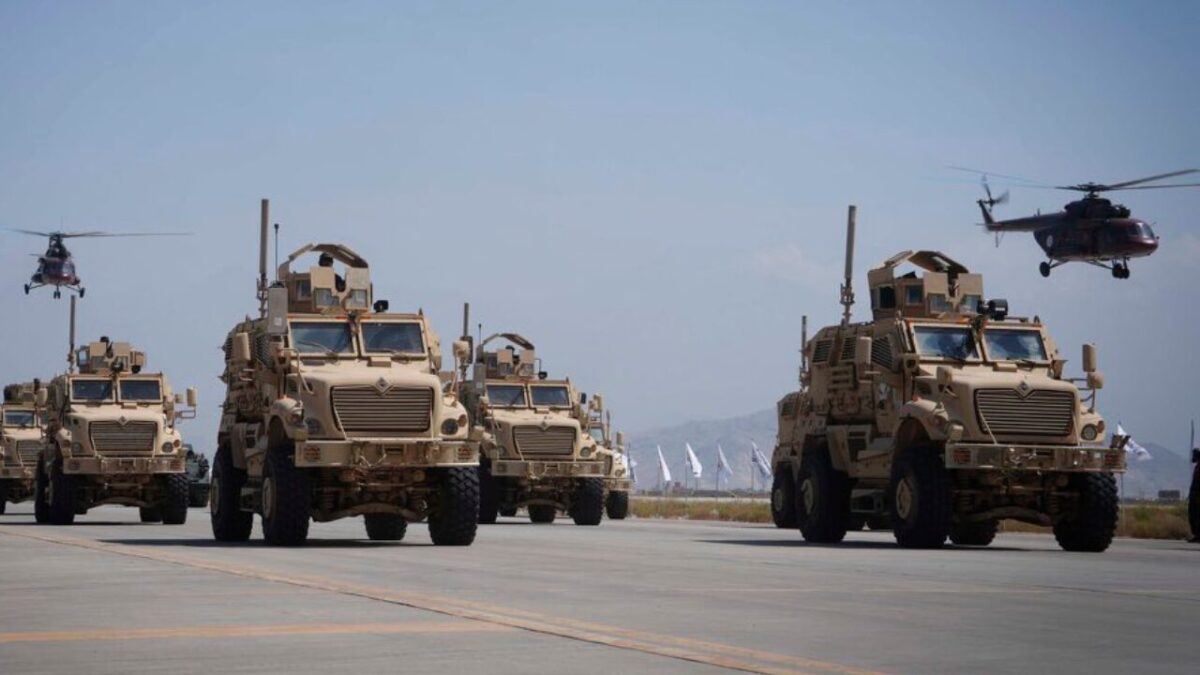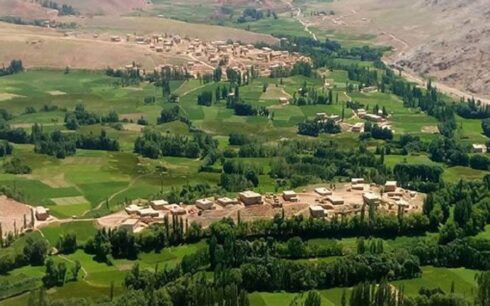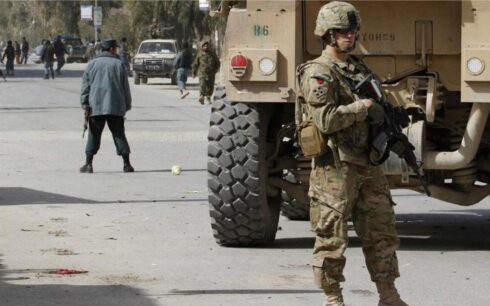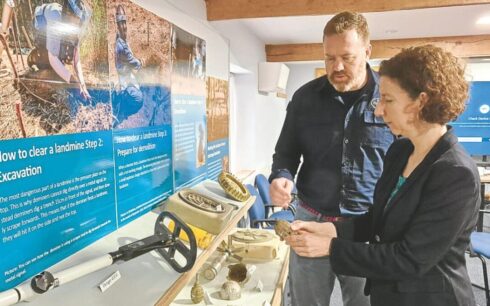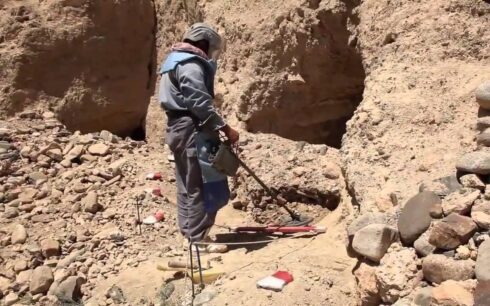More than three years after the Taliban’s return to power in Afghanistan, weapons left behind by NATO and former Afghan forces continue to circulate in illicit markets, fueling regional instability and exposing growing tensions within their leadership, according to a new report from the Geneva-based Small Arms Survey.
The study, based on fieldwork between 2022 and 2024 across Afghanistan and Pakistan’s tribal belt, found that M4 and M16 rifles, along with other NATO-pattern arms, remain widely available in informal markets. Prices for these weapons have surged significantly in provinces such as Nangarhar and Kunar — M4s rose by 13 percent and M16s by 38 percent — a trend analysts say reflects increased demand and tighter Taliban control on distribution.
The report also highlights a power struggle within the Taliban hierarchy. Supreme Leader Hibatullah Akhundzada, based in Kandahar, has moved to centralize arms control, creating a commission in 2023 and later issuing a decree that prohibits any distribution of weapons without his explicit approval. The directive, which requires ministries and intelligence agencies to report inventories to an office in Kandahar, has reportedly exacerbated tensions with the Haqqani network, whose leaders traditionally wield influence in the east.
“The issue of arms control has become absorbed into the power struggle between the Mullah’s Kandahari faction and the Haqqani,” the report said.
Despite official bans, the study notes that arms markets remain active — often with the tacit approval of local Taliban commanders, some of whom issue unofficial permits or collect commissions from arms dealers. Researchers found that even Soviet-era weapons and artisanal arms remain in circulation, though NATO-pattern firearms command the highest prices.
Concerns are mounting over the flow of these weapons to extremist groups. While the report stops short of alleging direct Taliban authorization, it cites anecdotal evidence that both the Tehrik-i-Taliban Pakistan (TTP) and al-Qaeda have accessed military materiel from within Afghanistan. As of mid-2023, Taliban forces were reportedly hosting and equipping al-Qaeda operatives in the east.
Smuggling routes, particularly from Khost — a Haqqani stronghold — into Pakistan, remain active. The TTP, entrenched in parts of Khyber Pakhtunkhwa, is believed to be one of the main beneficiaries of cross-border arms flows. Researchers noted that M4 rifles in Khost sold for as much as $4,800, compared with $2,200 in Paktika, underscoring high demand in areas with militant activity.
Meanwhile, despite efforts to impose control, the Taliban have struggled to force provincial commanders to report all weapons in their possession. The report warns that arms control measures have become deeply politicized, often targeting communities and commanders who differ from the Taliban’s Kandahari core or ideological orthodoxy.
The Small Arms Survey concludes that while catastrophic leakage of weapons has not occurred, the continued arming of militant groups and the slow drip of arms into black markets pose a serious long-term threat to regional stability. It also warns that international attention to the issue is waning, even as risks of further proliferation grow.
